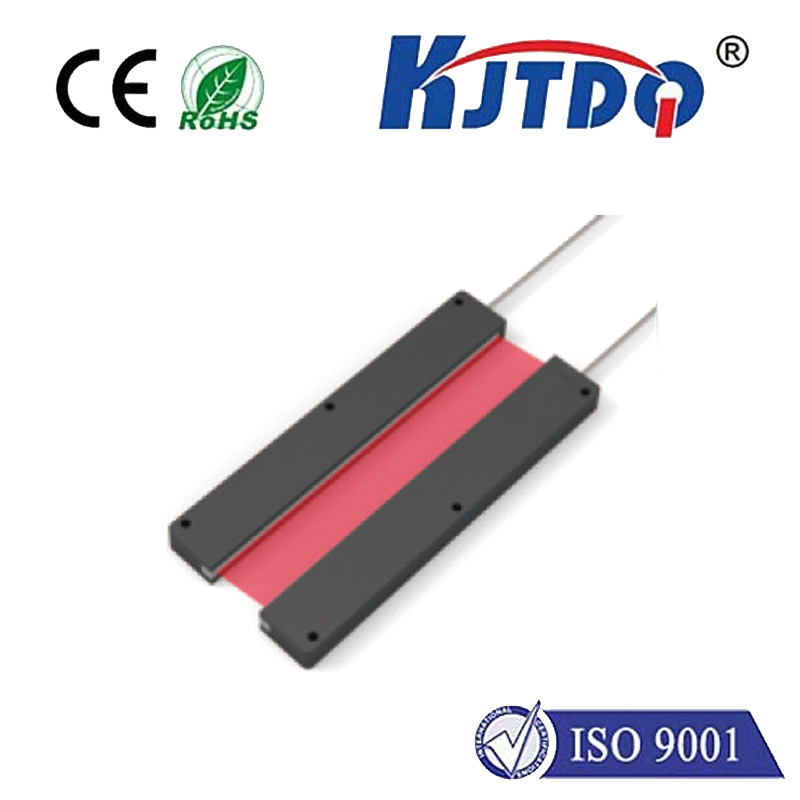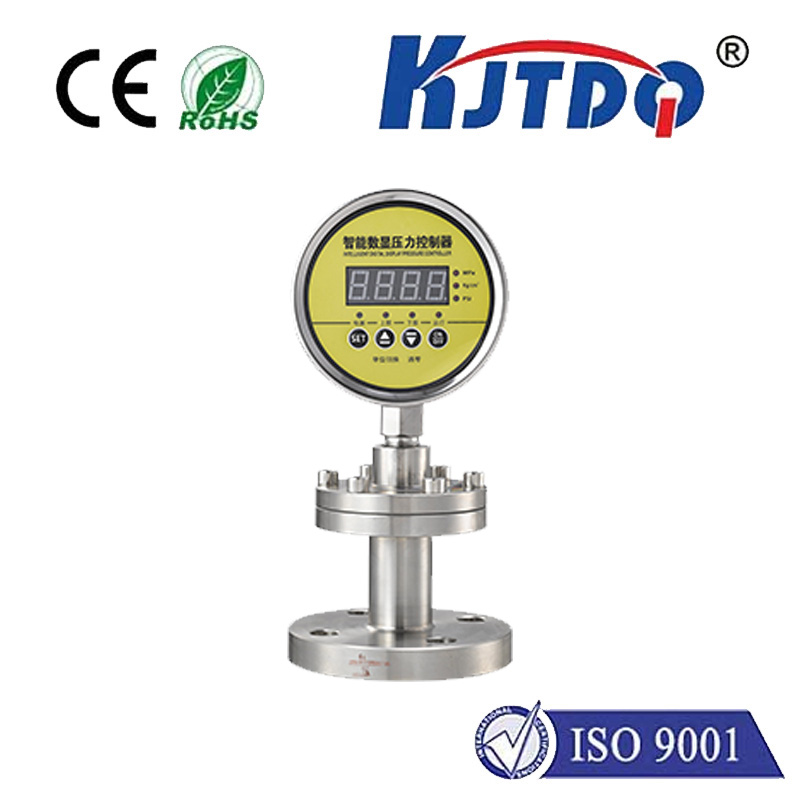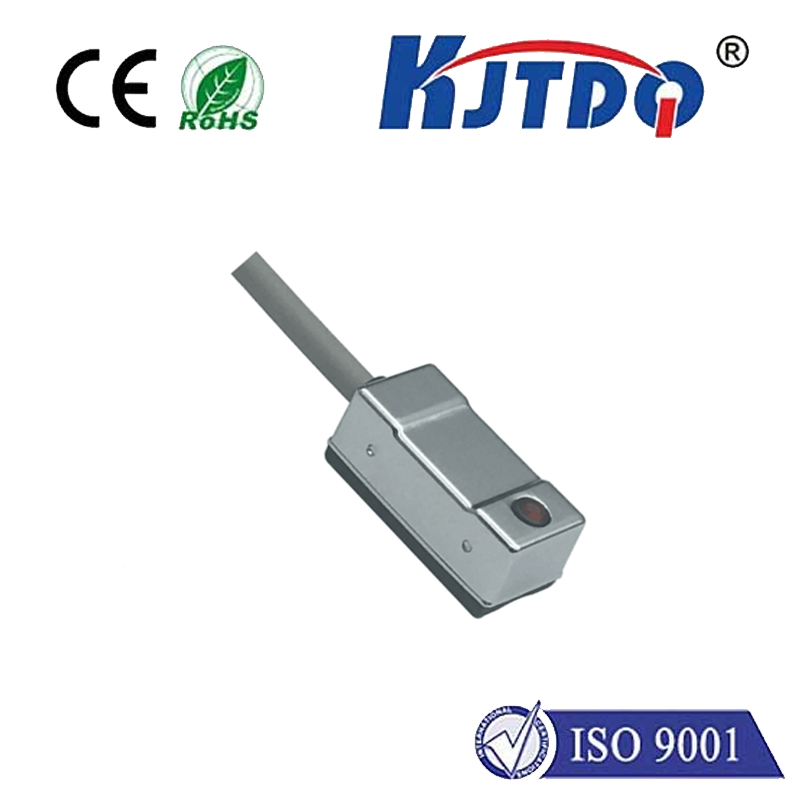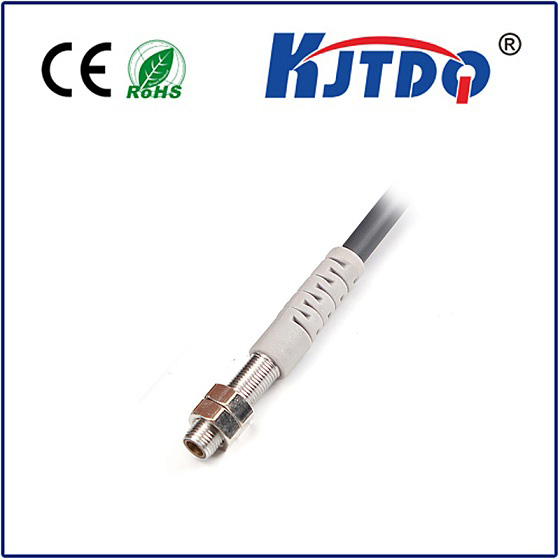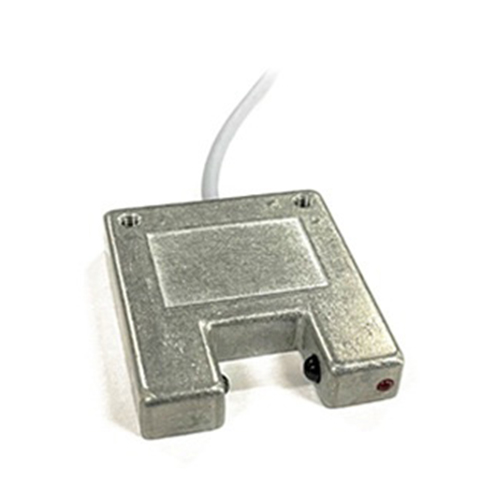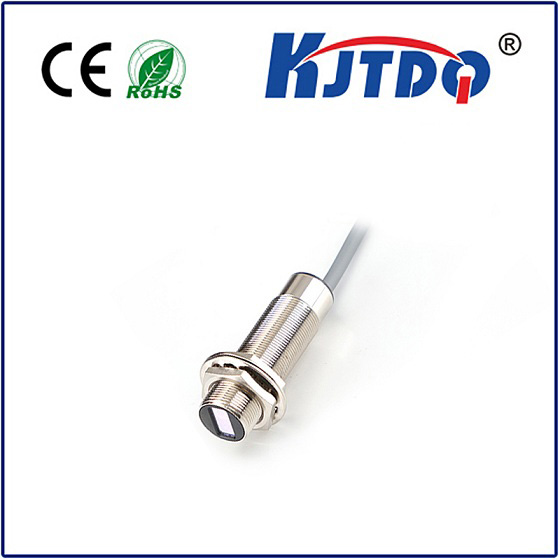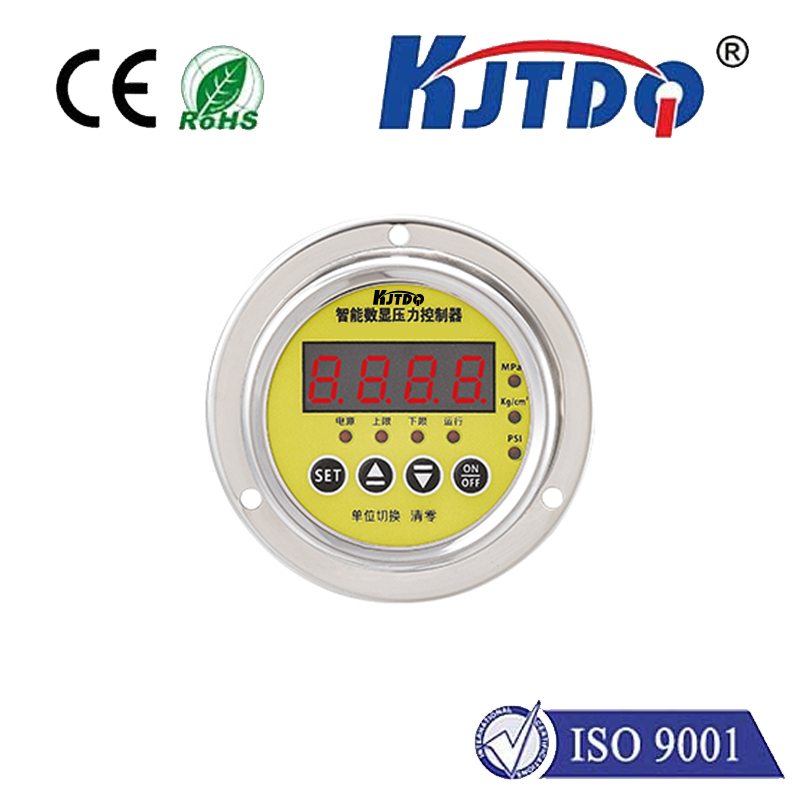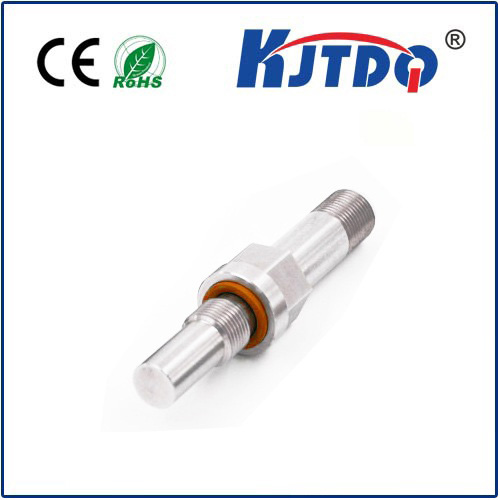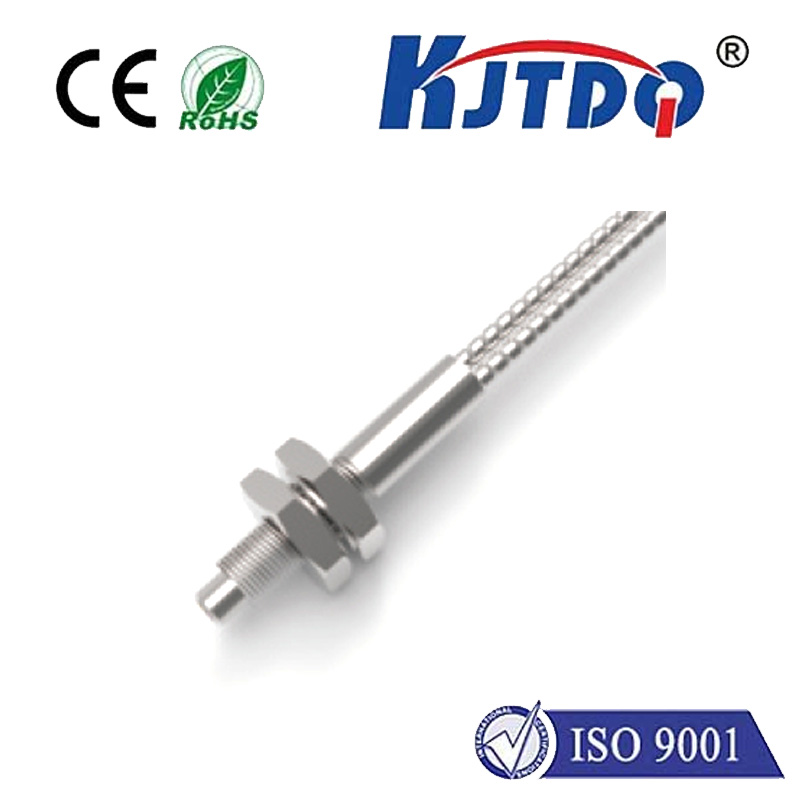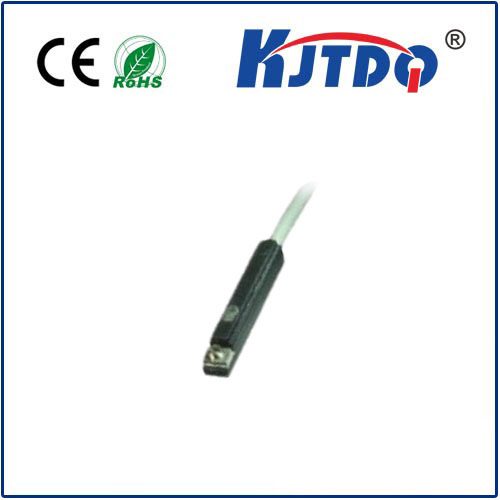

check

check

check

check

check

check

check

check

check

check
Title: Understanding I-Tork Limit Switch and Its Applications in Industrial Automation
I-Tork limit switches are a type of mechanical switch that is widely used in industrial automation systems. They are designed to detect the motion of a lever or trigger and provide an electrical signal to control the activation of other devices. These switches are known for their reliability, accuracy, and ease of use, making them a popular choice among engineers and technicians working in various industries.
In this article, we will discuss the basic principles of I-Tork limit switches, their applications in industrial automation, and some common features and advantages of these switches.
Part 1: Principles of I-Tork Limit Switches
I-Tork limit switches work by utilizing a physical mechanism to convert the movement of a lever or trigger into an electrical signal. When the lever or trigger moves beyond a specific point, it will push or pull on a small piece of metal, causing an electric arc to jump across a conductive path inside the switch. This creates a circuit that can be detected by an input device, such as a microcontroller or sensor.
The exact design of an I-Tork limit switch may vary depending on the specific application, but most models feature a housing made from materials like steel or aluminum, with a plunger or lever that can move up and down within the housing. The switch may also have additional features like non-contact sensing, magnetic actuation, or adjustable travel distance.
Part 2: Applications of I-Tork Limit Switches in Industrial Automation
I-Tork limit switches have numerous applications in industrial automation systems, where precise control over machine movement and process variables is critical. Some common examples include:
1. Motion control: I-Tork limit switches can be used to accurately monitor and control the position and velocity of machines such as robotic arms, CNC machines, and injection molding equipment. By providing real-time feedback on the position of the switch, these devices can be programmed to perform complex tasks with high precision.
2. Safety systems: I-Tork limit switches can be integrated into safety systems to detect when machines have moved beyond safe operating ranges or have stopped moving altogether. This can help prevent accidents and ensure that workers are protected from harm.
3. Process control: I-Tork limit switches can be used to monitor and adjust various process variables in industrial processes such as temperature, pressure, and flow rate. By providing accurate feedback on these variables, engineers can optimize production processes to improve efficiency, reduce costs, and increase product quality.
Part 3: Features and Advantages of I-Tork Limit Switches
Some key features and advantages of I-Tork limit switches include:
1. High reliability: I-Tork limit switches are known for their high durability and reliability, with many models offering lifetime warranties or longer. This makes them a cost-effective choice for long-term industrial automation projects.
2. Easy installation and maintenance: Many I-Tork limit switches are designed for easy installation and maintenance, with minimal setup required compared to other types of switches. This can save time and resources for operators and technicians.
3. Various operating conditions: I-Tork limit switches can operate in a wide range of temperatures, humidity levels, and other environmental conditions, making them suitable for use in many different applications.
Conclusion: I-Tork limit switches are an essential component of industrial automation systems due to their reliability, accuracy, and ease of use. Whether you're designing a new machine or optimizing an existing process, these switches can help you achieve better performance and safety outcomes in your operations.
